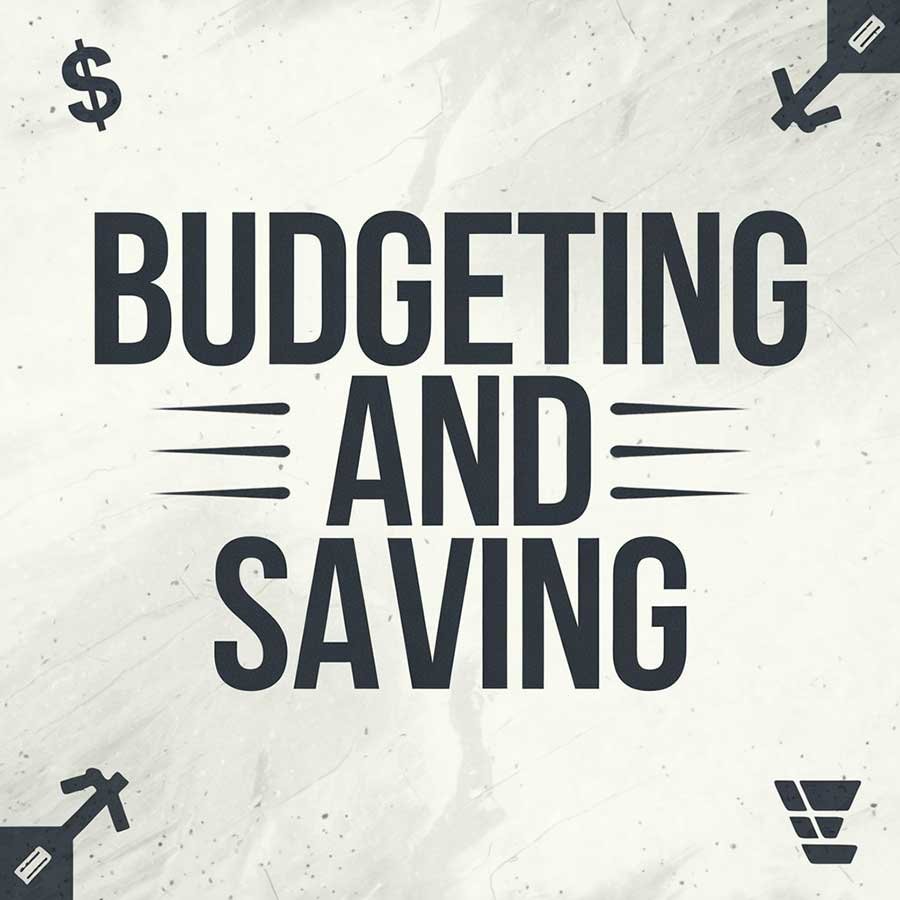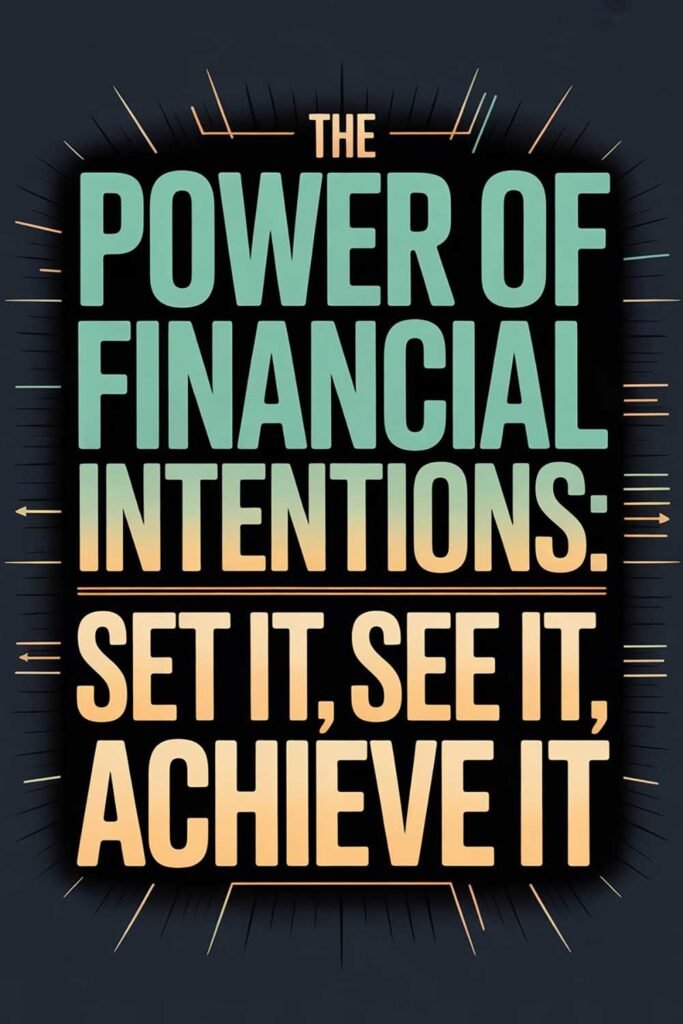
Budgeting and Saving: The Key to Financial Stability
Budgeting and saving are the cornerstones of financial success. Whether you’re looking to get out of debt, build an emergency fund, or save for a major goal, mastering these two skills will set you on the path to financial freedom. By understanding how to budget effectively and save consistently, you can take control of your finances and create long-term stability.
This guide breaks down practical strategies for budgeting and saving so you can make the most of your money.
Step 1: Understand the Importance of Budgeting
A budget is simply a plan for your money. It helps you track income, control spending, and prioritize saving, ensuring you’re making financial progress instead of wondering where your money went.
Benefits of Budgeting:
- Gives You Financial Control – Know exactly how much you earn, spend, and save.
- Prevents Overspending – Helps you live within your means.
- Reduces Financial Stress – Eliminates uncertainty about bills and expenses.
- Allows You to Save for Goals – Helps you allocate money for travel, a home, or retirement.
- Helps You Get Out of Debt – Ensures you’re making steady progress toward debt freedom.
Action Step:
If you don’t have a budget, start tracking your expenses for a month to understand where your money is going.
Step 2: Choose a Budgeting Method That Works for You
There’s no one-size-fits-all approach to budgeting. The key is to choose a method that fits your lifestyle and financial goals.
Popular Budgeting Methods:
- 50/30/20 Rule – Allocate 50% to needs, 30% to wants, and 20% to savings & debt repayment.
- Zero-Based Budgeting – Assign every dollar a purpose so that income minus expenses equals zero.
- Envelope System – Use cash for categories like groceries and entertainment to limit spending.
- Pay Yourself First – Prioritize savings before spending on discretionary expenses.
Action Step:
Pick a budgeting method and start implementing it in your daily financial routine.
Step 3: Build a Strong Saving Habit
Saving is not about what’s leftover—it should be a priority in your budget. Whether you’re building an emergency fund, saving for a vacation, or investing for retirement, developing a consistent savings habit is crucial.
Types of Savings to Prioritize:
- Emergency Fund – Aim for 3-6 months of expenses to cover unexpected costs.
- Short-Term Savings – Set aside money for upcoming expenses like vacations, car repairs, or home improvements.
- Retirement Savings – Contribute to a 401(k), IRA, or investment account for long-term wealth.
- Big Purchases – Save for major financial goals like buying a home or starting a business.
Action Step:
Automate your savings by setting up direct transfers to your savings account each payday.
Step 4: Cut Expenses Without Feeling Deprived
Saving money doesn’t mean you have to sacrifice all the things you enjoy. Instead, focus on mindful spending and cutting unnecessary expenses.
Ways to Reduce Expenses:
- Review Subscriptions – Cancel unused memberships and streaming services.
- Cook More at Home – Eating out frequently can drain your budget.
- Use Cashback & Discounts – Take advantage of cashback apps, coupons, and loyalty programs.
- Reduce Utility Bills – Use energy-efficient appliances and unplug electronics when not in use.
- Find Affordable Entertainment – Look for free or low-cost activities instead of expensive outings.
Action Step:
Review your last month’s spending and identify 3 areas where you can cut back without drastically changing your lifestyle.
Step 5: Avoid Common Budgeting and Saving Mistakes
Even with the best intentions, many people fall into budgeting and saving traps that prevent financial growth.
Mistakes to Avoid:
- Not Tracking Expenses – Without tracking, it’s easy to overspend.
- Failing to Adjust Your Budget – Your budget should change as your income and expenses change.
- Relying on Credit for Emergencies – Instead of using credit cards for unexpected expenses, build an emergency fund.
- Not Saving for Retirement Early – The earlier you save, the more you benefit from compound interest.
- Not Setting Clear Goals – Without specific goals, it’s easy to lose motivation to save.
Action Step:
Identify one budgeting or saving mistake you’ve made in the past and commit to correcting it moving forward.
Step 6: Stay Consistent and Adjust as Needed
Budgeting and saving are lifelong habits, not one-time actions. Review your budget regularly and adjust as needed to stay on track.
How to Stay Consistent:
- Schedule Monthly Budget Check-Ins – Review your finances at the end of each month.
- Celebrate Small Wins – Reward yourself when you reach savings milestones.
- Stay Accountable – Partner with a friend or financial coach to keep you on track.
- Keep Learning – Read books, listen to podcasts, and continue improving your financial knowledge.
Action Step:
Set a reminder to review your budget at the end of each month and make necessary adjustments.
The Path to Financial Freedom Starts with Budgeting and Saving
By creating a budget that works for you and making saving a habit, you can achieve financial security, freedom, and peace of mind. The key is to start today, stay consistent, and adjust as needed.
Every dollar you budget wisely and save consistently moves you closer to your financial goals.
Picture This
Imagine opening your bank app and seeing a growing savings balance, no overdue bills, and a clear plan for the future. You no longer feel stressed about money because you’re in control of your finances. That’s the power of budgeting and saving—freedom, security, and peace of mind.
Please Share This Article
If you found this guide helpful, share it with someone who wants to take control of their finances through budgeting and saving!






